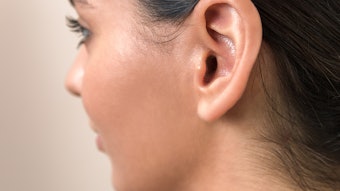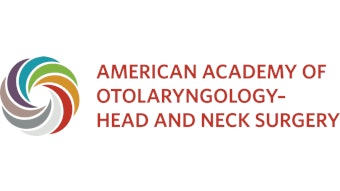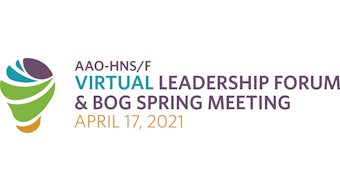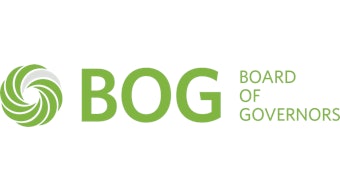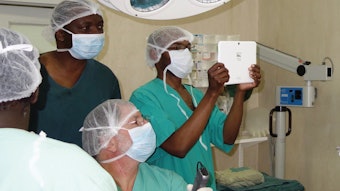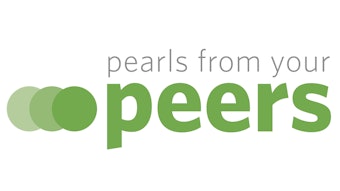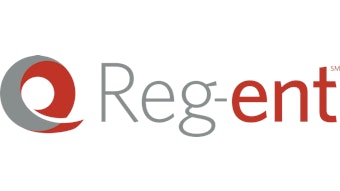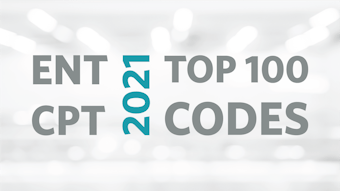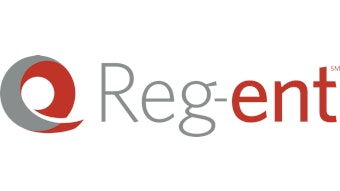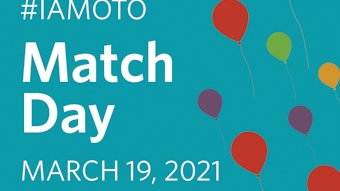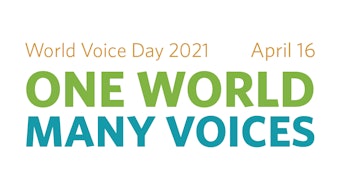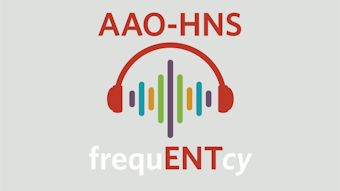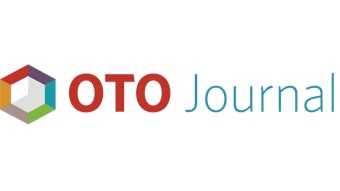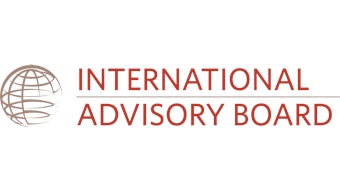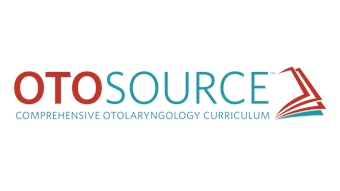Crafting a Successful Annual Meeting Program Submission
With the review process fresh in mind, I’ve asked several AMPC leaders to share their advice on crafting a high-quality and competitive submission.
Daniel C. Chelius, Jr., MD, AAO-HNSF Annual Meeting Program Coordinator
 Daniel C. Chelius, Jr., MD
Daniel C. Chelius, Jr., MD
AAO-HNSF Annual Meeting Program Coordinator
With almost 10 years of experience working on the Annual Meeting Program Committee, I now recognize how truly lucky I was. Given the tight competition for presentation opportunities at the Annual Meeting, many proposals are submitted and refined multiple years before being accepted. We’ve come a long way from the roughly 50 oral papers volunteered for the first meeting in 1896. This year the Annual Meeting Program Committee (AMPC) is reviewing almost 1,500 submissions and, as usual, is splitting hairs to choose among exciting research, innovative education, and widely praised thought leadership. With the review process fresh in mind, I’ve asked several AMPC leaders to share their advice on crafting a high-quality and competitive submission.
 Julina Ongkasuwan, MD
Julina Ongkasuwan, MD
AMPC Pediatric Otolaryngology Subgroup Leader
Q: What is your best advice for identifying critical topics most likely to be accepted for presentation at the Annual Meeting?
Answer
The AAO-HNSF Annual Meeting is an extraordinary opportunity for otolaryngologists around the world and across subspecialities to learn and disseminate information. The Annual Meeting Program Committee strives to provide content covering the breadth of the specialty that will be of interest to practicing otolaryngologists, within a relatively short period of time. When formulating a submission for the meeting, it is helpful to look at the existing gap analysis on the Call for Science website (https://www.entannualmeeting.org/2021-call-for-science/). In addition, you can browse content from previous meetings within OTO Logic, previously AcademyU® (http://academyu.entnet.org/diweb/start), and identify topics that you think are deficient and are within your expertise. Finally, it never hurts to have a witty title.
 Rod P. Rezaee, MD
Rod P. Rezaee, MD
AMPC Head and Neck Surgery Subgroup Leader
Q: What are some pearls and pitfalls for differentiating your proposal from among the many quality submissions for the Annual Meeting?
Answer
- Is the topic emerging, relevant, and/or current for patient care?
- Is the topic very limited in scope or does it have broad applicability across specialties and practitioners?
- Is it a duplicate of other talks or is it unique?
- Are the stated goals reasonable and feasible in the requested time?
- Are the stated aims accurate and do they parallel the listed faculty’s demonstrable experience and presentation/publication history?
- Are the references applicable? Are they only recent or are they balanced by year and discipline?
- Is it a case report or is it a series or an institutional experience? Will it add to the existing body of literature or assist with changing/bolstering practice patterns for the attendees?
- Do the conclusions match the body and evidence level of the work?
- Is the submission clear and concise with proper grammar and editing?
- Are the panelists diverse in all applicable aspects: career level, gender, ethnicity, and disciplines?
